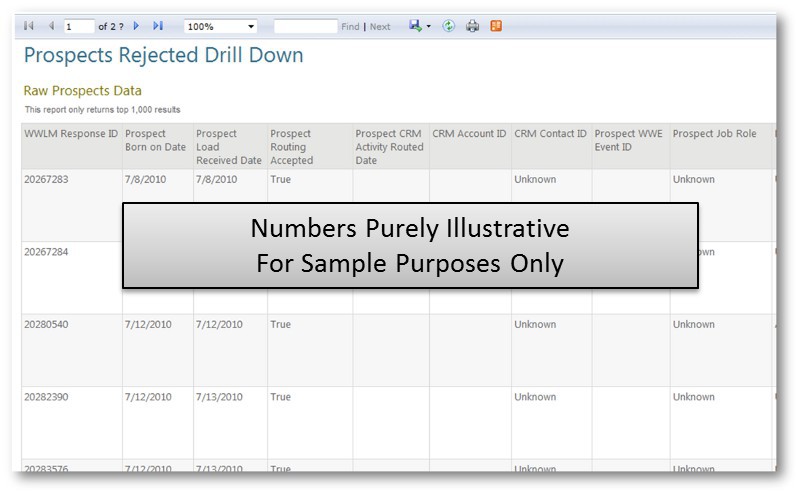 Lead Impact Map dashboard  Lead Impact Map drill through report  Lead Impact Map drill through report Visio Case Study |
|

Click on the picture to close the detail view.

 Lead Impact Map dashboard  Lead Impact Map drill through report  Lead Impact Map drill through report Visio Case Study |
|